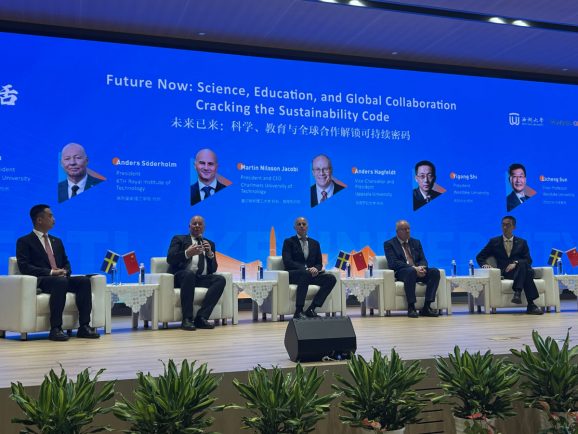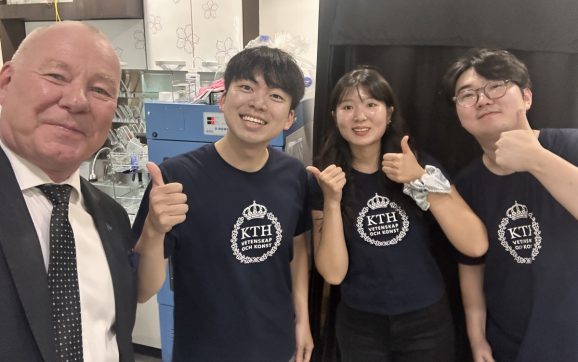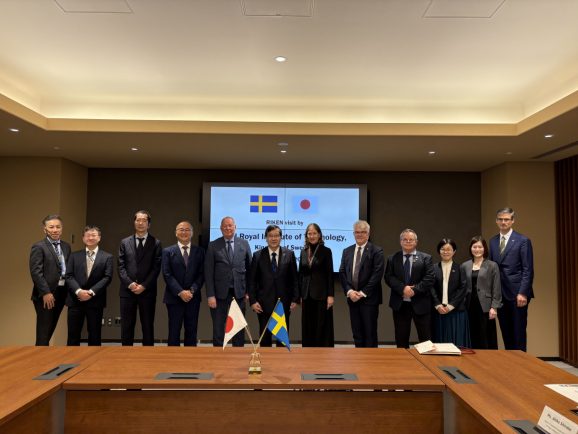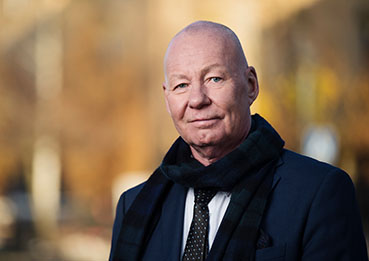“We don’t have the money, so we have to think.” This quote is attributed to Ernest Rutherford, a New Zealand physicist who won the Nobel Prize in Chemistry in 1908 for his discoveries on radioactivity. I wonder if he would have reconsidered this statement if he had witnessed the current funding crisis in Sweden’s research funding system.
Our own Nobel Prize winner, Hannes Alfvén, who received the physics prize in 1970, was also familiar with the challenges of securing research funding. During a lunch with the then rector of KTH, Göran Borg, it is said that he placed his Nobel medal in front of the rector and said, ‘If the authorities cut funding even further, you can always “stamp” on it.’ (go to the pawn shop).
This story is recounted in Svante Lindqvist’s excellent book from 2023 about Hannes Alfvén, which provides a fine portrait of the man himself as well as insights into the broader social debate and life at KTH over several decades of the 20^(th) century.
Regardless of the size of the research grants, it is always enjoyable to witness the pride and joy of the Nobel Prize winners when they receive their prizes in solemn and festive ceremonies. There is often a clear link to current research at KTH in physics, chemistry, and technology, where the prize winners have made discoveries that, in some cases, have fundamentally changed our way of life and our societies.
This often involves long-term work, ranging from developing new materials and energy solutions to devising advanced methods of understanding our world. Thanks to patience, perseverance and the courage to rethink things, some of the glory of the world’s foremost scientific prize also spills over to our fantastic researchers in related fields.
If nothing else, it is an incredibly inspiring glimpse of the future.
In this way, the Nobel Prize is not something distant and solemn, but rather an opportunity to demonstrate how research at Swedish universities, including KTH, contributes to new knowledge and technological advances that affect our everyday lives.
Along with the Nobel Prize comes the approach of Lucia celebrations, and eventually Christmas and New Year’s Eve. I hope you all have a wonderful, relaxing holiday and that the celebrations are everything you want them to be.
Merry Christmas and a Happy New Year! See you again in 2026!




